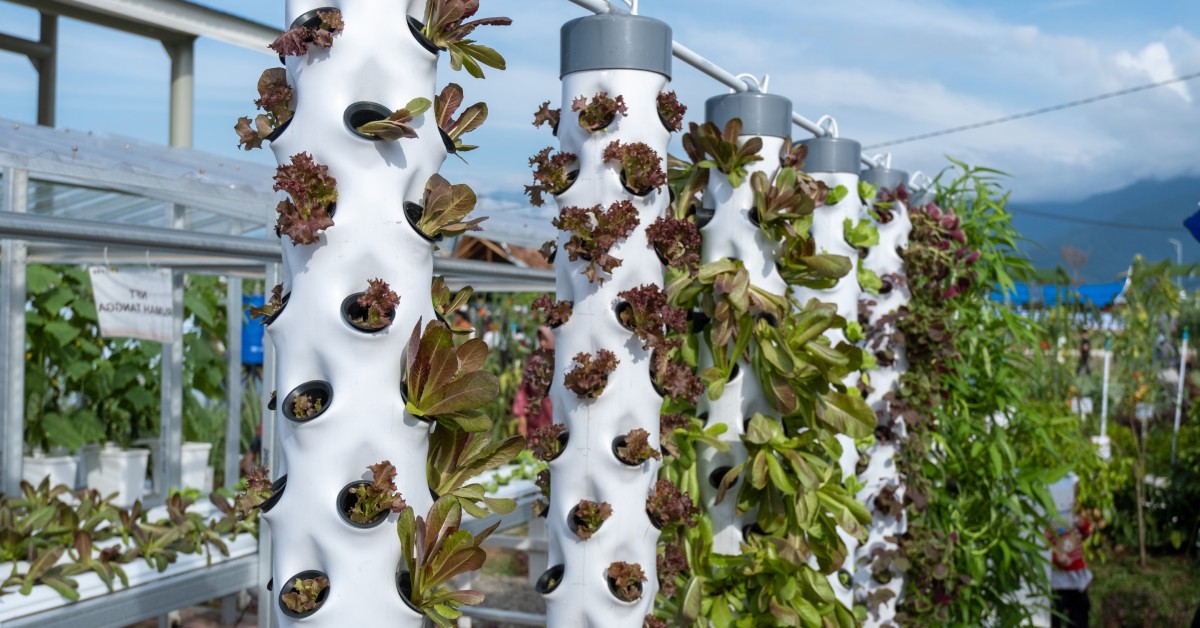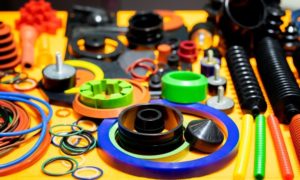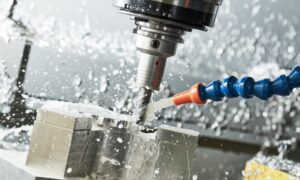Hydroponics, a method of growing plants in nutrient-rich water instead of soil, is becoming a key player in advancing sustainable agriculture. Hydroponics reduces the need for extensive farmland by enabling plants to thrive in controlled environments. It minimizes water usage, making it an increasingly popular choice for urban farmers and eco-conscious consumers. Hydroponics and its role in sustainable agriculture pave the way for resource-efficient farming, offering significant advantages over traditional agricultural methods.
How Hydroponics Enhances Agricultural Sustainability
Traditional farming requires large tracts of land and significant amounts of water; however, climate conditions often limit these needs. Hydroponics addresses these challenges by allowing crops to grow vertically in stacked systems, thus maximizing space efficiency. Water usage in hydroponics is significantly lower than in soil-based farming because it relies on a closed system that recirculates water rather than wastes it. This method also eliminates the need for chemical pesticides, as controlled environments protect crops from external threats.
Urban farmers benefit from custom hydroponic systems, as they can house these setups in compact spaces such as rooftops, basements, or shipping containers. Hydroponics also reduces the carbon emissions associated with transportation by bringing food production closer to consumers. This integration of agriculture with urban living reshapes how we produce and consume food.
The Technical Side of Hydroponic Systems
Hydroponic systems rely on precision-engineered components to ensure optimal plant growth. Designers meticulously craft every system element, from nutrient delivery mechanisms to pH regulation equipment. One of the critical components in these setups is corrosion-resistant tanks, which store nutrient solutions and prevent contamination. These tanks are essential for long-term reliability and maintaining water quality, ensuring plants receive a consistent supply of nutrients.
Nutrient film technique (NFT), deep water culture (DWC), and aeroponics are some of the most advanced options among various hydroponic setups. Each method uses a different approach to supply nutrients, oxygen, and water to plants, catering to specific crop needs. Engineers and manufacturers continually innovate these systems to enhance efficiency and scalability, emphasizing durability and environmental performance.
Hydroponics Combats Environmental Challenges
One of the major environmental benefits of hydroponics is its ability to conserve water, a resource becoming increasingly scarce due to climate change. Unlike traditional irrigation systems, which can lose up to 50 percent of water through evaporation and seepage, hydroponics retains nearly all the water within its closed system. Furthermore, hydroponic farms avoid soil degradation, a growing concern in conventional agriculture caused by over-farming and erosion.
Additionally, hydroponic methods support biodiversity. For example, reducing pesticide use protects pollinators and other vital species often harmed by agricultural chemicals. The integration of renewable energy sources, such as solar panels, enhances the sustainability of hydroponic farming, making it a key strategy for eco-conscious agricultural practices.
The Future of Hydroponics in Farming
Hydroponics represents a sustainable solution for significant growth as global food demands rise and available land dwindles. With technological advancements in automation and material science, systems are becoming more accessible and cost-effective. Hydroponics offers a reliable alternative to ensure food security for urban farmers and those in areas with limited resources.
Hydroponics and its role in sustainable agriculture are transforming the industry as we know it through its many features, from its precision-engineered components to its environmental benefits. Businesses and individuals alike can contribute to a more sustainable future by adopting hydroponic farming while enjoying the technical efficiency of this cutting-edge method.




